ORNL's Communications team works with news media seeking information about the laboratory. Media may use the resources listed below or send questions to news@ornl.gov.
1 - 10 of 1144 Results

United Rare Earths has licensed two innovative technologies from Oak Ridge National Laboratory aimed at reducing dependence on critical rare earth elements.
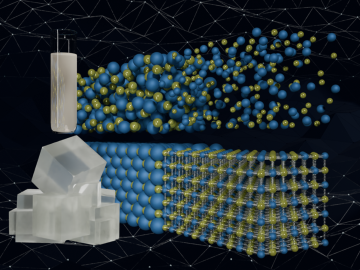
Scientists have developed a new machine learning approach that accurately predicted critical and difficult-to-compute properties of molten salts, materials with diverse nuclear energy applications.
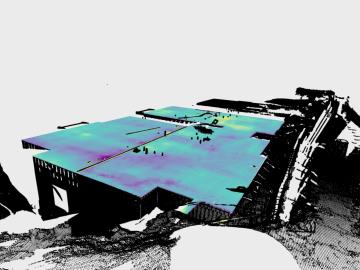
Researchers at ORNL have developed a tool that gives builders a quick way to measure, correct and certify level foundations. FLAT, or the Flat and Level Analysis Tool, examines a 360-degree laser scan of a construction site using ORNL-developed segmentation algorithms and machine learning to locate uneven areas on a concrete slab.
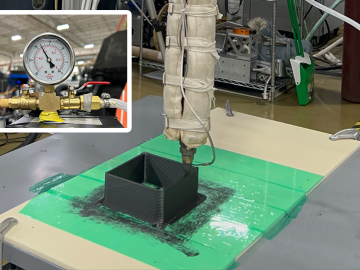
Scientists at ORNL have developed a vacuum-assisted extrusion method that reduces internal porosity by up to 75% in large-scale 3D-printed polymer parts. This new technique addresses the critical issue of porosity in large-scale prints but also paves the way for stronger composites.
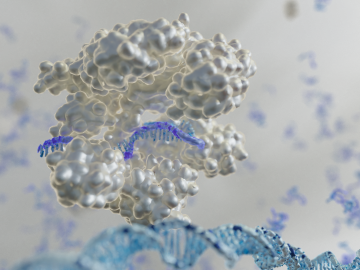
Scientists at Oak Ridge National Laboratory and the University of Colorado Boulder used a gene-silencing tool and a large library of molecular guides to understand how photosynthetic bacteria adapt to light and temperature changes. They found that even partial suppression of certain genes yielded big benefits in modifying the stress response of wild microbes.

Working in collaboration with researchers from Oak Ridge National Laboratory, D-Wave Quantum Inc., a quantum computing systems, software and services provider, has shown its annealing quantum computing prototype has the potential to operate faster than the leading supercomputing systems.
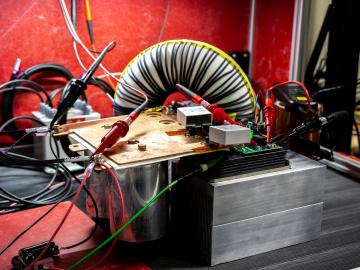
Researchers at Oak Ridge National Laboratory have developed a new automated testing capability for semiconductor devices, which is newly available to researchers and industry partners in the Grid Research Integration and Deployment Center.
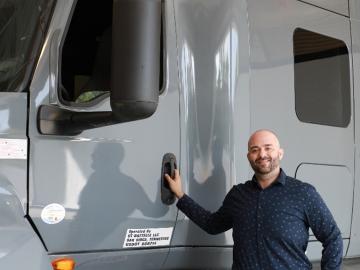
A new cybersecurity software package developed at ORNL is available for licensing. The Vehicle Attack Analysis Framework can emulate attacks on a vehicle’s controller area network, the digital backbone that connects a vehicle’s separate computers.

Researchers at Stanford University, the European Center for Medium-Range Weather Forecasts, or ECMWF, and ORNL used the lab’s Summit supercomputer to better understand atmospheric gravity waves, which influence significant weather patterns that are difficult to forecast.

The ForWarn visualization tool was co-developed by ORNL with the U.S. Forest Service. The tool captures and analyzes satellite imagery to track impacts such as storms, wildfire and pests on forests across the nation.

